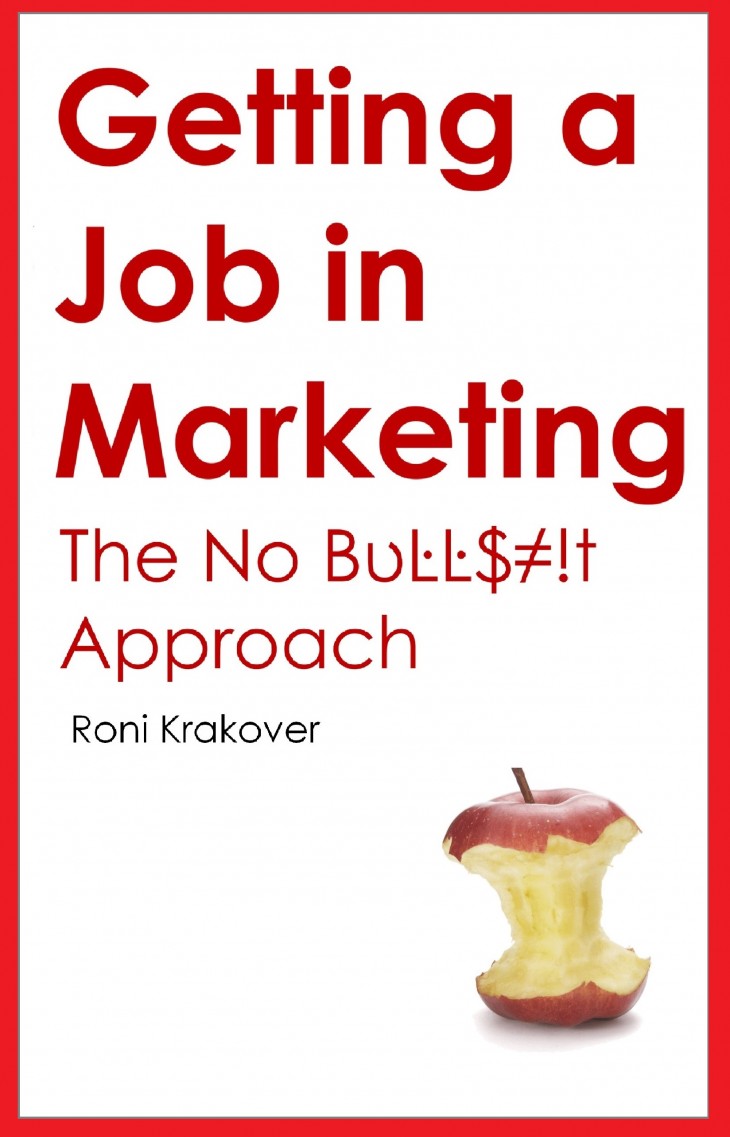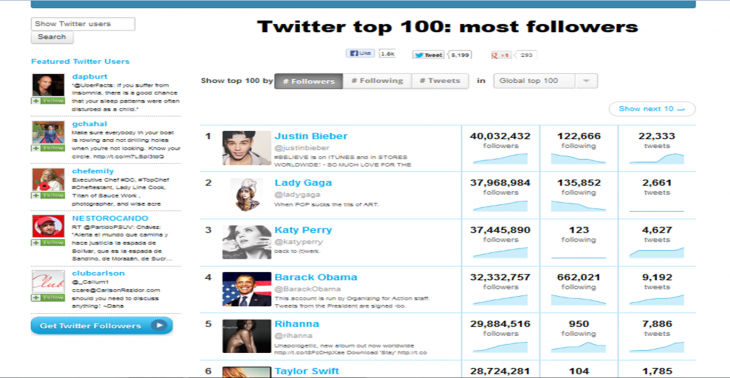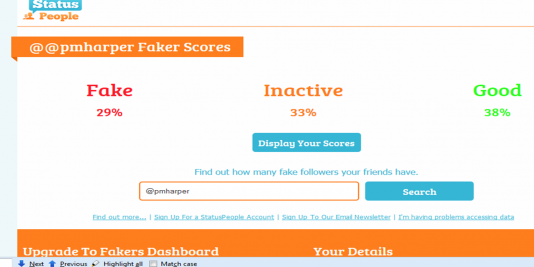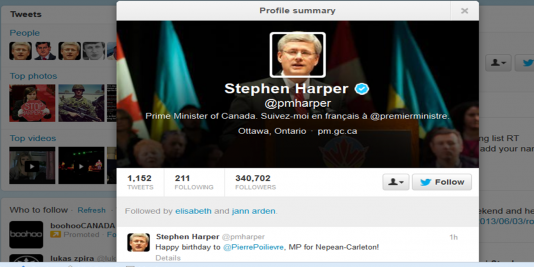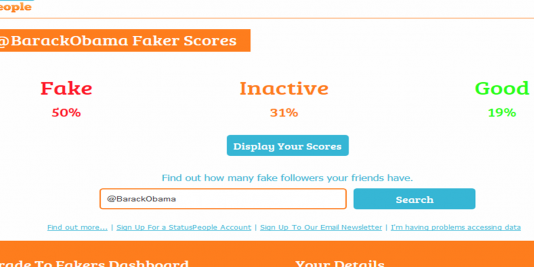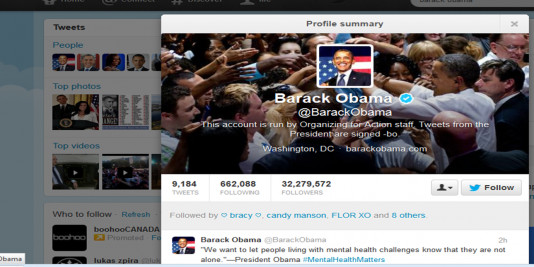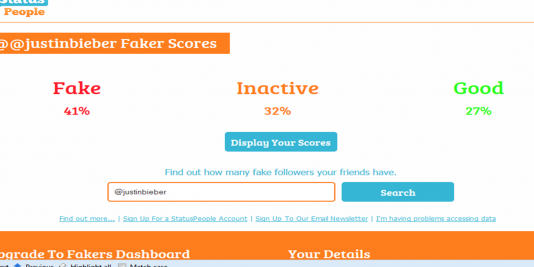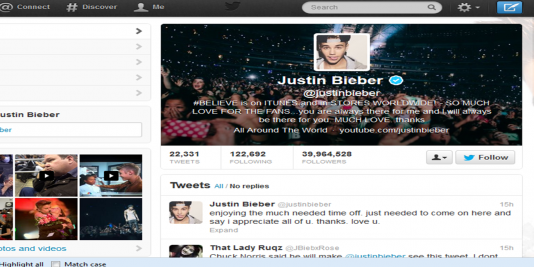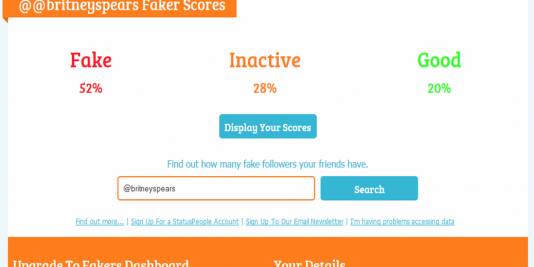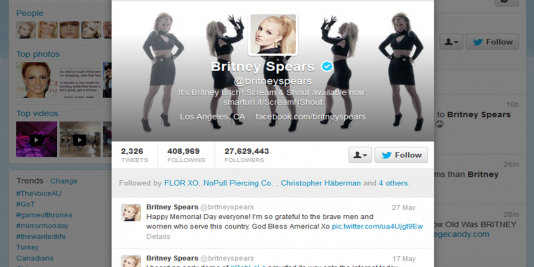- Talk less, listen more
- Come to every meeting with the attitude of “what can I do to help you?”
- Instead of only going out for drinks, organize volunteer meetings with friends. Make a list of everywhere you can volunteer on a one-time basis in your town.
- Give an unexpected compliment to a stranger, that does not relate to their looks. Appreciate their skills and acknowledge how hard their work is; try to leave as many people as possible with the feeling of “you made my day”
- Give up on ego. Be the person that sees the larger picture in the argument
- Bring good energies with you everywhere you go; don’t expect to get them from others
- Do a random act of kindness – help a bug that’s been turned on its back and can’t flip back
- Open up to someone who seems to want to get close to you. You think they want a relationship, but you don’t? Don’t just assume. Maybe they want a friend, someone who will listen, someone who shares their interest and they can hang out with. Lose the barriers
- Be sustainable. Reuse your cup. Drink tap water instead of plastic bottles. Take an extra step and find that recycling bin.
Author - Roni
Every person has a certain ability to learn from other people’s advice; I would say on average people can learn 40% from advice and 60% from their own mistakes. Because I unfortunately learn 90% from my own mistakes and only 10% from useful advice, I guess it was inevitable that I screwed up my first book.
Where is my first book? At the moment, nowhere to be found – when you read the list below you will understand why. I published it about a year and a half ago, put a lot of work into it, but screwed it up with rookie mistakes. I did publish another book since, with much less mistakes. A completely different genre – you can find it here if you like.
If you are someone who can learn from others’ advice, you are sure to benefit from my list. If you are like me and learn only from failure, you should stop reading blogs and simply get into action.
Mistake #1 – I didn’t take an editor
English is not my first language, yet for some reason I thought that if I proofread the book 3 times it would be okay. Big mistake. Even experienced, native English authors take editors.
Never publish a book without a good editor.
This is not supposed to be a big expense – contact me if you need help finding a low cost professional editor.
Mistake #2 – I didn’t take a second reader
A second reader is just what you think it is – another person that reads your finished manuscript (before you send it to an editor). Normally you would pick someone with experience in the topic you are writing about, so he or she can point out your blind spots: does the order of chapters make sense? Is there any information missing? Are you explicitly offering your readers to engage in illegal activity? (I had some mildly illegal suggestions in my latest book but decided to keep them. Book will probably be banned one day.)
How do you find a second reader?
- Become part of an author community where authors read each other’s books and comment
- Ask someone you trust for a favor
- Approach industry leaders and offer to have their name on the book as co-authors (they will have to read and comment about the book they are about to publish…)
If you can’t get a second reader and can only get an editor you should be fine, however – getting a second reader can be super helpful.
Mistake #3 – I let a friend who writes thrillers edit a chapter, even though my book was not a thriller.
After my book was “ready” (a.k.a. I thought it was ready because I proofread it three times), I asked a friend who published books to edit my book for me (see mistake #1 – take a professional editor!). He said he would, but then got busy. (Expect this to happen– editing a book is f’ing hard work and takes a lot of time. Leave it to a paid professional.) However, I was in a rush to publish my book – wanted to get it out there – so I asked him to edit the first chapter.
Why does that even make sense? When people browse Amazon looking for books, they can peek into the first few pages. I thought that if I could just get the first chapter to be well edited and attract readers, I could get away with the rest of the book being “un-edited” – obviously because the plot was so good! (huh?)
So my friend edited the first chapter, and made it match his writing style. The result was “choppy” and mysterious, to the point of being unclear– creating suspense the way many thrillers do. But my book was not a thriller. It was a romance novel. The first chapter didn’t fit the rest of the book at all.
Note: a professional editor knows how to keep your style while working on your manuscript.
Mistake #4 – I used a pen name
While using a pen name may work for some, it has serious drawbacks: creating an “identity” takes a lot of time and energy. If you’re going to use your pen name for all publications, it makes sense to put your energy into creating a new identity; but if you want to publish stuff under your real name as well, splitting your energy between your pen name and your real name will be exhausting. It is hard enough to publish interesting content on one blog. Publishing interesting content on more than one website, if you are not doing this full time, is nearly impossible.
Mistake #5 – I didn’t un-publish the book right after bad reviews started rolling in
Right after publishing the book, I spent a couple of weekends on marketing. My marketing effort resulted in a very nice reach – 13,000 readers downloaded the ebook from Amazon.
However, since I did not take an editor (mistake #1), negative reviews started pouring in, complaining about typos and bad grammar, and pointing out the lack of professional editing. The few brave people who got over the typos and grammar to actually read the book thought the story was really good, but they were few.
Seeing all those negative reviews, I hired an editor and released a fixed version of the manuscript a couple of months after the initial publishing. Unfortunately, some of the 13,000 people who downloaded the book on the initial promotion took some time until they actually read it. So even though the new version was up, they were commenting on the old version, damaging the reputation further.
Mistake #6 – My book had an agenda, and it wasn’t subtle enough
I wanted to use the platform of my book to point out some human rights issues I thought were largely ignored, so I let the characters in my book discuss them in their dialogs. Looking back, I think it was a little forced and didn’t contribute much to the plot. I should’ve let the book setting (the environment etc.) do the job and trust my readers to be smart enough to absorb the issues without being spoon-fed through dialogs.
When you write a book, you always want to bring some of your values to the table; try to do it through the characters’ actions rather than through dialogs.
Mistake #7 – I expected to get help from the author community without contributing
This is true for all communities. Give and you shall receive.
Author communities can be helpful in marketing your book; you can offer fellow authors your book for free and ask them for comments and reviews. However, in order for other authors to spend their time helping you, it is best if you start by helping them. Join an author community and help others by being their second reader, as well as by commenting and reviewing – everything you want them to do for you eventually.
Bonus mistake
This one wasn’t on the original list, but now as I am about to publish the post, I want to add something more. Don’t rush when publishing a book. You often get one shot only. Expect the process to last longer than you think, and be as patient as you can.
Good luck!
- Take a piece of paper. Write on top the problem you’re trying to solve or the general title for the brainstorm session. Then write down as many ideas as you can, don’t stop until your paper is full. Then grab another piece of paper… the first few ideas that come up will be banal, the ones that will come later will be more interesting.
- Think of a person you know that you consider to “think differently”. Imagine you’re having a conversation with that person and asking them for ideas. What would they say?
- Browse through your closet and find something you never wear. Wear it for the brainstorm session to set a different mood. Put on a funny hat if you can.
- Meditate for 10 minutes before brainstorming, this will help clear your mind and make room for new ideas to come in.
- Write a list of ideas with your less dominant hand. Yep, that’s right. If you normally write with your right hand, try writing ideas using your left hand, even if it will be hard to read them later… This can boost your creativity, and has many other benefits. Google them.
- Go for a run. Many people report getting cool ideas during physical effort.
- Gather a group of people who think out of the box. Either organize a meeting or email them with a question and ask for ideas.
- Come up with ideas in drawings rather than words. Take some coloring pencils or crayons and start drawing ideas
- Start a brainstorm Meetup in your town, or join an existing one
- Release all judgment of ideas while you brainstorm – positive or negative. Even if something comes up that makes no sense, write it down. Don’t censor yourself
- Get out of the house. Knock on your neighbor’s door. Run back home before they open the door. Perhaps the adrenaline rush would boost your creativity (see, this is an example for the previous point about not judging ideas…)
- Go sit somewhere else. Coffee place, the park, the mall – not your regular work spot.
- Do something out of the box that will set you in a different mood. For example: prepare something funny to eat such as cucumbers with peanut butter or cornflakes with mustard, etc. eat it before / while you brainstorm.
- Read a chapter of the Bible/mythology/another ancient book, and try to get into the mindset of people in ancient times – what kind of ideas would they have?
- Open a book and put your finger on a random word without looking. Then, think of an idea that starts with that word.
- Things can sometimes be solved with narcotic substances (disclaimer: I just opened a book and put my finger on the word “things”. This came up and I decided to not censor myself, as I previously suggested. Just to clarify, I don’t use any narcotics and don’t recommend them to anyone else)
- Leave it on the back burner – after you’ve taken out all the banal ideas, interesting ideas might come up when you’re taking a shower, washing the dishes, etc.
It took some time, but finally my book is out!
You can download it from Amazon: Getting a Job in Marketing
Would love to hear your comments on this one.
Love,
Roni Krakover
World Pride June 2014, Toronto
Since today being well-connected in the world of social media represents power to many, a large industry of fake friends and followers emerged, and is estimated to be worth about $340 million a year. The online popularity contest is going on in full power and it has no mercy.
Today I am going to share with you how these fake followings work, how fake followers can be detected, and we will look at some celebrity profiles on twitter and check how many fake followers they have.
How can a person get 10,000 new followers in a day?
It all starts with the software. If we look at twitter, for example, the software is often referred to as a “twitter bot.” Someone develops software that can create hundreds or thousands of new twitter profiles per hour. The only limitations will be the speed of your computer and the speed of your internet. These software packages also use something known as “alternating IP addresses,” so the Twitter server can’t identify that all the new profiles are being submitted from the same location.
The software generates a twitter login for each one of the new users it creates. Sometimes the method is taking bits of information from different real profiles and mixing them together to create a new (fake) profile. Software differs in quality – some software will put up a picture as well and write some tweets in order to make the profiles seem more real. The price people pay for the service varies accordingly. After the profiles are made, the software owner gives the fake users the command to start following a specific account.
Individuals who buy or obtain a pirated copy of the software then proceed to offer their services to others in online marketplaces. One such a marketplace is fiverr.com. On fiverr you can buy almost anything for five dollars; people will design a website for you, write a press release, make a business plan, record a video of themselves singing happy birthday to your girlfriend, and more. One of their most popular categories involves selling Facebook friends and likes and twitter followers. One of their users, for example, sells 6000 Twitter followers for five dollars. After such a service is ordered, within a few hours the person making the order will have an additional 6000 followers to their twitter account.
Who buys fake Twitter followers?
It could be anyone, but is mainly attributed to those who are deep into the popularity contest and have to show a larger number of followers in comparison to their colleagues or competitors: celebrities, companies, and politicians. However, since it costs only five dollars to add a large numbers of followers, many anonymous individuals engage in the practice as well.
A recently introduced tool, status people, claims to be able to spot fake users following someone’s profile. So let’s look, for example, at the Twitter profile of Britney Spears.
How can fake followers be spotted?
Even though status people does not fully expose its algorithm, their website states:
We take a sample of your follower data. Up to 1,000 records depending on how ‘popular’ you are and assess them against a number of simple spam criteria. On a very basic level spam accounts tend to have few or no followers and few or no tweets. But in contrast they tend to follow a lot of other accounts.
Fake followers can be identified in the following ways:
Minimum details in the profile – while real people like customizing their profile and typically add some details like a bio and custom URL, fake profile bots work on large quantities thus will input the minimum information necessary to open a profile, in order to open the most number of profiles in a certain timeframe.
Low follower / followed ratio- a fake profile will be following many more people than are following it, since the software makes it follow a lot of people, but no one has an interest in following a fake profile.
No profile picture- using someone else’s photo in one’s profile is highly unethical and can result in legal problems, thus many times fake profiles will not have pictures.
Access diversity – it is common for a real profile to be used on different devices – for example someone may use their mobile phone to upload a photo to twitter, and look for their friends twits on the computer at work. A fake profile will normally have one access point – that PC from which the robot works.
Tweet count – it is commonly believed that a fake profile will have very few tweets or none at all.
However, spotting fake profiles remains a challenge, since everything I described can apply to a real user as well, especially a real non-active user. If it were easy to spot fake profiles, Twitter could simply get rid of them systematically. In addition, some of the more advanced tweet robots will add more information to the profile, post occasional random sentences that they pick up from news websites, for example, and trick the Twitter server into thinking the profile is being accessed from different devices. The end result is that some high-end fake profiles may seem more real than many real profiles. The more advanced the software is, the more the “owners” charge to customers for the fake followers.
Let’s take a look at a few celebrities and their fake follower count, as suggested by the status people software:

However, the fact that someone has fake followers doesn’t necessarily mean that they bought them. The best way to point out fake twitter followers and knowing that they were ordered from robots is by looking at trends. There is a tool called Twitter Counter, that looks at the trends in number of followers and number of tweets. This tool allows us to see spikes in twitter followings that can’t be naturally generated. When an attempt to boost popularity by using fake followers is spotted, it can be harmful and embarrassing. An example can be seen in Mitt Romney’s twitter scandal – last July (2012) his account generated 116,000 followers in a single day.
What makes celebrities have so much fake following?
It seems that many fake profiles follow celebrities in order to appear more legit (operating under the assumption that it is common for a person to follow celebrities). This effect was demonstrated by Jason Ding of Barracuda Labs who purposely bought fake followers and later analyzed their profiles. He found out that these profiles tend to follow more celebrities than real profiles. Then again, this could also be explained if we claimed that celebrities buy more fake followers.
Also, it is possible that many people open an account only to follow a specific celebrity and have no other activity – thus the real profile may appear to be fake. This is also true for someone who follows celebrities until one day he or she gets bored and doesn’t log into twitter anymore. This person’s profile may appear to be either inactive or fake.
Big Brands Have To Be Careful When Listening to the Online Conversation.
Amanda says in a forum: “I have an iPhone 4. It sucks.” Her post, along with many others, is gathered by “online sentiment” robots trying to make sense out of them and give the clients (the companies and brands) some insights, like “30% of the online talk about the iPhone 4 is negative.” The question is, does this make sense? What real information can companies get out of statements such as Amanda’s? In our case, it is possible that Amanda is dissatisfied with Apple’s iPhone, but it is also possible that she is waiting to get an iPhone 5. Meantime, she has to “endure” her iPhone 4, and it sucks.
That companies want to understand what their customers think is old news. Companies have been conducting surveys among their customers and among the general public for years now, trying to get an insight into what people think about the company and its products. However, these surveys were not proven to be a real predictor of customers’ actions. For example, a customer may complain in the survey about an airline and say that the service is horrible and he’s never going to fly with it again, yet remain loyal since it’s the only company that has a direct flight on the routes he normally travels.
Extracting Brand Sentiments from Online Conversations – Challenge #1
So, the next step was to eavesdrop on consumers when they are having conversations online, and are not necessarily trying to communicate with the brand. The web is full of conversations, many of them about specific brand – on Facebook, Twitter, blogs, forums, reviews, and more. When a brand is very small, this “eavesdropping” can be done manually – a person or a team inside a company can try to constantly monitor what people are saying about the brand by simply searching for the brand name on search engines and on social websites. When the brand is larger, however, the online conversation can consist of hundreds or thousands of mentions daily – making it impossible to track them manually.
This quest to harvest the sentiment towards the brand brought on the emergence of services that claim to be able to collect large amounts of “online conversation” data about a brand and algorithmically analyze it. These services then output a number representing the brand sentiment – for example, by checking the percentages of negative and positive mentions out of all mentions in total – and giving the client reports such as: “30% positive, 20% negative and 50% neutral.”
This analysis is a challenge, since unlike human beings, who can pick up sentiment easily even from not-so-obvious sentences, algorithms have to follow a predetermined set of rules and look for specific sentiment-oriented words that are not always present in the conversation. Check, for example, this sentence: “why would Apple have this application in the iTunes Store anyway??” Put in the right context, many humans will accurately detect this to be a negative comment about a certain application. To an algorithm, however, this can appear to be a neutral statement, owing to its lack of overtly negative words.
Extracting Brand Sentiments from Online Conversations – Challenge #2
In an MSI insights article called “measuring online brand sentiment,” Julia Hannah writes about the current hot issue of trying to extract meaning out of large quantities of word-of-mouth. The paper describes a large-scale academic study by David Schweidel and Wendy Moe examining word-of-mouth sentiment across different online venues. Schweidel and Moe do not focus on the problem of an algorithm’s limited ability to understand context, they are interested instead in inherent differences in sentiment that exist across venues, products, and brand attributes.
For example, conversation venues that are more ‘one to many’ in their communication style (such as Twitter and blogs) tend to have more positive posts than venues that are more ‘many to many’ communication style (such as forums). They suggest that this “forum negativity” happens due to the fact that “when people interact with each other and respond to someone else’s opinion, there’s a tendency to differentiate and try to outdo one another by being more negative.”
Moreover, if we look at the different attributes of a product, it is very common for fans to criticize some aspects of the product while still maintaining an overall positive sentiment and positive purchase intent. One example could be “I don’t like the interface of the new speech recognition in the Galaxy 4,” or “I hate it that you can’t record your calls on the Galaxy.” The writer of this comment, even though expressing a negative opinion about the Samsung Galaxy 4, is actually only criticizing one attribute of it while still liking the overall product, and potentially being loyal to the brand.
Conclusion
Listening to online conversation is definitely necessary for successful brands these days. However, jumping to conclusions based on these conversations is dangerous. Both the theories and the software supporting extraction of online conversation sentiment are, at the moment, far from being predictive. Human involvement in these processes is still highly effective and required, and the overall best measurement of customer sentiments remains sales figures.
In the year 2000, two American researchers (Kathleen D. Vohs and Todd F. Heatherton), performed a Consumer Behavior “torturous study;” they asked a group of participants to watch a boring movie for about an hour. To add onto the torture, they placed a table with snacks in the room – different kinds of chocolate, chocolate cake, chips and more.
The participants were divided into two groups in two separate rooms. One group had the snacks on the table beside them. The other group had the snacks on a table on the other side of the room, so those who wished to have a snack would actually have to get up.
• Before the study, the participants were asked to answer a general questionnaire. One of the questions was whether the participants were watching their weight/dieting.
• The participants probably assumed that they were going to be asked some question about the boring movie later, not suspecting that a key part of the study has to do with the snacks!
After they were done watching the movie, “the torture” continued – the participants were asked to individually solve a geometric puzzle that in fact was not solvable. The researchers monitored the amount of time it took each one of the participants to give up and stop trying to solve the puzzle.
The results were stunning – among the dieters, the group of participants that sat near the snacks gave up on solving the puzzle much faster than the group that was in the room in which they had to get up and walk to the snacks on the other side of the room.
Why did that happen?
The dieters who sat right by the snacks had to employ large amounts of mental power to avoid munching on the snacks. The dieters who sat far away from the snacks, were not in constant eye contact with them, so it was easier for them to resist the temptation and they didn’t have to employ as much “self-regulation.” Among the participants who were not dieting, no difference was found between the groups who sat near the snacks and those who sat far away, apparently since non-dieters did not put significant thought and effort into the snacks.
So, as the theory suggests, when the participants reached the second stage, in which they had to solve the unsolvable puzzle, the dieters from the first group – those who were sitting near the snacks – were mentally exhausted from their efforts to not eat the snacks, and they gave up faster on the puzzle.
Additional studies support the theory that we have a ‘mental power bank’ – our self-control and self-discipline are resources that can get temporarily depleted. On a few additional studies by the same researchers and others, other elements that cause “mental depletion” were tested. Among the things that were found to temporarily deplete our mental resources were: keeping up with hard endurance training, staying alert at a lecture, trying to navigate to an unfamiliar address, and making choices.
For many of us, some of these activities seem obvious – we can feel that decision-making is very mentally consuming – can you recall a time in which you went shopping and felt completely exhausted afterwards? You have to constantly browse and make small decisions between different products, so it is natural to feel depleted afterwards.
While most people can easily see how some activities can be “mentally tiring,” many are not aware of the fact that we have “one mental bank”. What I mean to say is, if you’re going shopping and have to make a handful of minor decisions, it might affect your ability to write a paper for school or prepare a report right after.
Is this knowledge actionable?
On an individual level, it sure is, and once you start thinking of your mental energy as a resource you can engage in better resource management. For example, if you’re going for a job interview or a meeting somewhere you have not been to before, trying to find your way there for the first time right before the meeting may not be the wisest thing to do. If it is very important that you be at your best, you might consider finding the place a day earlier.
On a B2C marketing level, it is important to take into account the implication of mental depletion on your customers. For example, the presence of many options (say the same sofa in many colors) can be overwhelming. The effect of that can cause the customer to give up altogether; or, on other occasions, be less resistant to a salesperson’s pitch. So, like most research findings, the results can go more than one way – analyze the characteristics of your business and your sales funnel to see how you should adjust to the issue of mental depletion.




